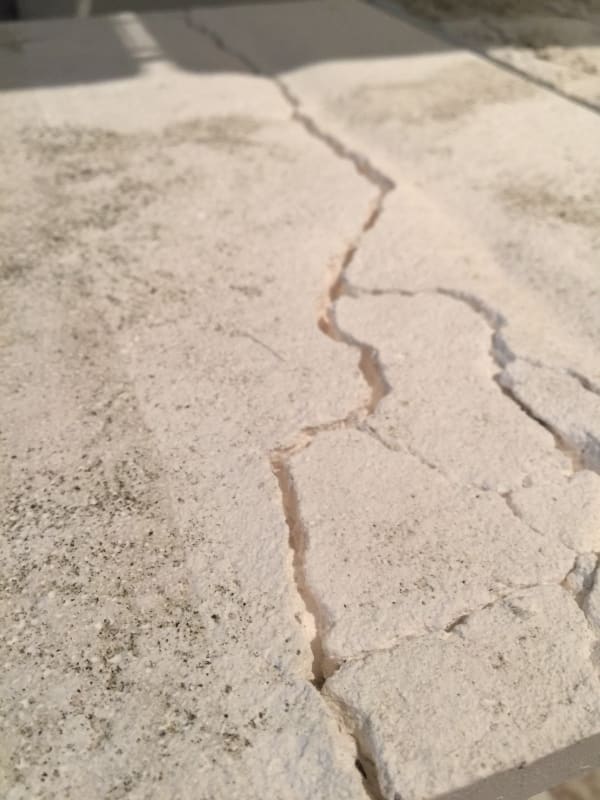Matar Saudades: Filipe Cortez Open Studio
The exhibition STUPIN.ORG at TKG+ Projects is the embodiment of a studio-swap program conceived by Kuo I-Chen, who invited Portuguese artist Filipe Cortez for its first edition. Cortez examines memory, time, and disappearing cityscapes through site-specific installations. On April 1st, he will debut his latest series "Matar Saudades," made in the abandoned housing area near the Beimen district in Taipei, during his month-long residency.
Artist Statement
Matar Saudades means this way that we have to bring back those memories that somehow we miss.
During the last 30 days, I’ve worked around Beimen. The work presented was made at the TRA Workers’ Village.
Freezing the memory of this abandoned area, where you can still see some heritage from Taipei’s past, and her Japanese influence. It’s an area where you can see that there are a lot of changes happening around.
On the block next to the Beimen MRT there's a group of quiet alleys and large trees. Among these are a lot of Japanese-era wooden houses, in various states of repair. This was a small housing area for railway employees. Almost all of the buildings are abandoned, but a few are still inhabited.
Taiwan's railway system has its origins in the late 19th century when the island was part of the Qing dynasty. The first rail line from Taipei to Keelung was completed in 1891. When the Japanese occupied Taiwan in 1895, one of their first major projects was improving the infrastructure and expanding the railway system from north to south. The Railway Division of the Taiwan Governor-General’s Bureau of Transportation was established in 1899, and it had its seat right here near Taipei's Beimen. Being the center of Taiwan's railways, this area needed a work force, and hence they needed dormitories.
The work developed here, freezes the memory of this village as it is now. This is like a last testimonial before the village gets completely erased and demolished. There’s a tiny possibility that one or two houses will be recovered. Through these latex membranes, silicone casts, and plaster boards you can still feel the memory of that cast space. This is one of the most complete remaining areas of Japanese-style homes in the city, and will stay now immortalized through the work developed there. Even if the village is going to be erased, there’ll still be skins of this place, to kill your saudade feeling.










